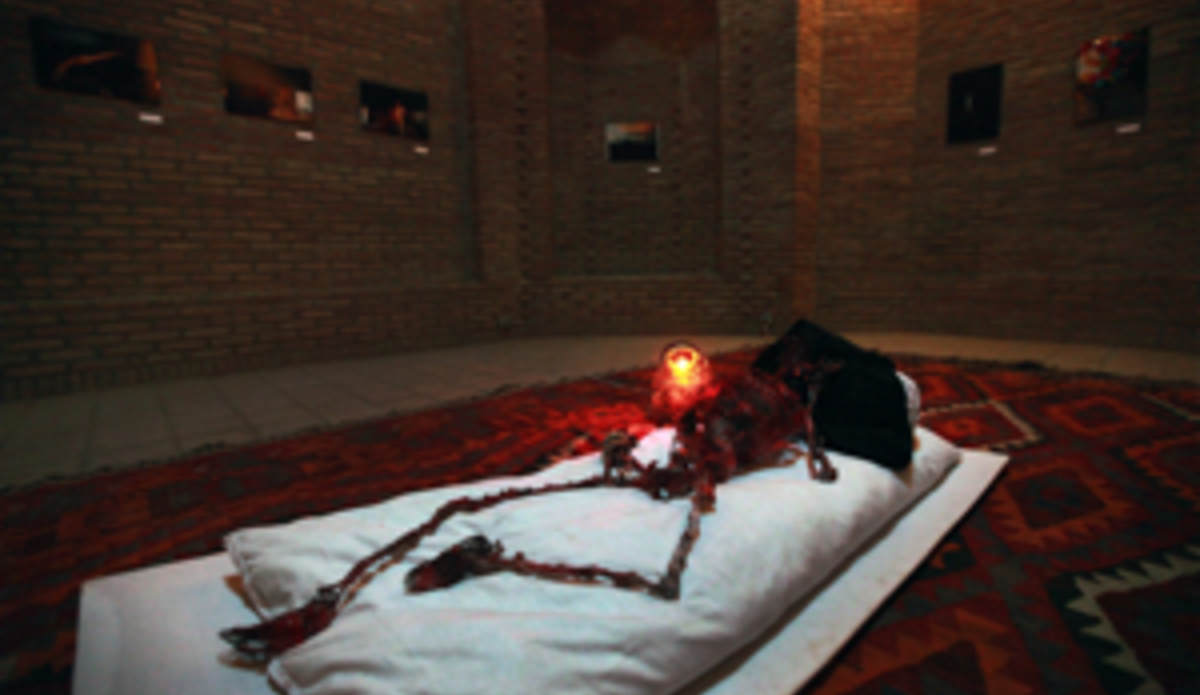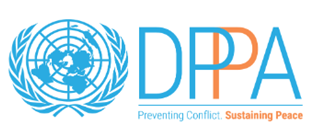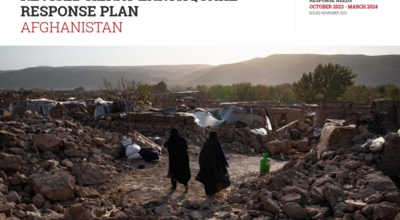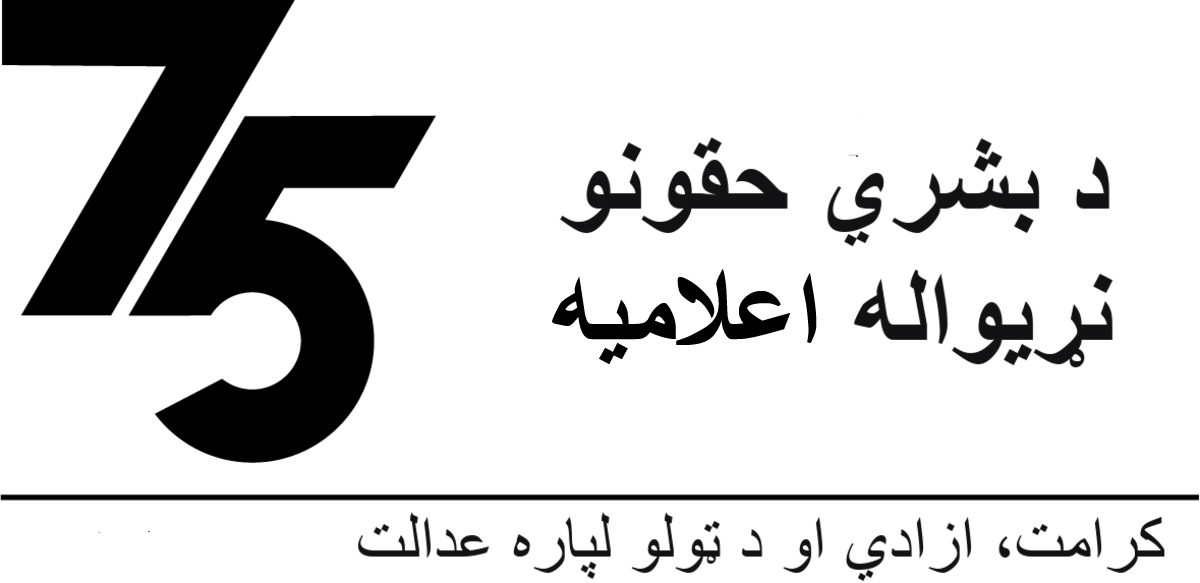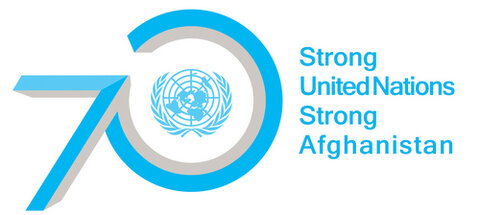Art prize promotes budding modern art scene in Kabul
22 July 2010 - Ten fresh contemporary Afghan artists, including a photographer who trained at the United Nations mission in Afghanistan (UNAMA), are displaying their works in Kabul this month as part of an annual programme created through a brainchild of President Hamid Karzai and Britain’s Prince Charles.
“The main objective is to give a voice and a venue for artists lurking in the background, in the shadows, who are unable to express themselves,” said Tamim Samee about the creation of the annual contemporary art prize exhibition and training workshop now in its third year.
Turqouise Mountain, which oversees the programme, and of which Samee is a Trustee, is a non-governmental organization created at the request of the Afghan and British Governments to regenerate Afghanistan’s cultural heritage.
With the works of the finalists displayed around the UNESCO site of Bagh-e Babur, a garden dating back to the 15th Century on the slopes of Kuh-e Sher Darwaza near the old city of Kabul, Deputy Minister of Cultural Affairs Omar Sultan and Samee presented $3,000 worth of cash prizes to the top three winners.
“The goal is to create a collective of artists,” said Amanullah Mojadidi, Director of Culture and Heritage at Turquoise Mountain, adding that interest in modern art in the city “is growing” judging by the number of Afghans who mingled with international workers at the event.
Photographer Haseeb Muslih called his third place win a “great honour.” Prior to the programme, his main professional training had been last fall at a UNAMA organized photography seminar taught by British photographer Tim Page and UN photographer Eric Kanalstein.
The 24-year-old used the training there to create some of the photographs he entered in the competition. A main theme in his work, as in many of his peers, is one of identity in a new Afghanistan: “Who Am I” spray painted on a house wall; a man in the desert at sunset arms spread out as if about to take flight; a child’s silhouette running past with a handful of sun lit balloons in shades of yellow, red, blue and green.
Standing next to a life-size red metal skeleton of a woman, hair covered, lying on a pillow with knees parted, Musilh said he was introduced to installations during the two-weeks of art workshops and spent the last month creating this piece.
“Many women here, they marry young. Then they burn themselves due to problems of marrying old men. I want to do a series on violations and violence against women, and mix photography and this type of installation art. It’s new for me.”
A few doors down in the exhibition space, Geety Mayel, a 25-year-old graduate from Kabul University, points to a large face on a bright blue background next to two gold fish and barren branches.
“This one is about the relationship with nature. There are not a lot of trees in Afghanistan. If one person grew a tree, there would be a lot of trees,” she said.
Hanging to the right is a chalk sketch of a person sitting down, bent forward, hands clasp, as if a plant bulb from which a tree grew, its branches collected into a coconut.
“There are a lot of problems in Afghanistan. Sometimes people’s wishes do not come true. They cannot study or play sports. They are sad. That’s what this is about. A coconut is hollow. It’s empty.”
“But for me no,” she continued. “I have supportive parents. I married three months ago and have a supportive husband. I have no restrictions. I will continue to paint.”
The finalists were chosen from 50 entries across the country by a jury of art culture professionals judging technical skills, impact and development of work, and originality.
The ten finalists attend two-weeks of intensive workshops in Kabul - on topics ranging from symbolism in art to the basics of theatre and graffiti, taught by Afghan and international artists, including Visiting Artist Emeric Lhuisset of France.
After the workshops, the ten participants have a month to create a new piece from which three top prize winners are chosen. This year, the first prize went to Mohsen Wahidy, the second to Sayed Jalal Hussaini.
The curriculum has proven so successful that Turqouise Mountain has compiled it into the first ever workshop manual for modern art in Dari and will distribute it to cultural art centres starting later this summer.
The exhibit of the artists’ works will remain on display at Baghe-e-Babur through July.
By Paulina Kubiak, UNAMA
 UN
UN
